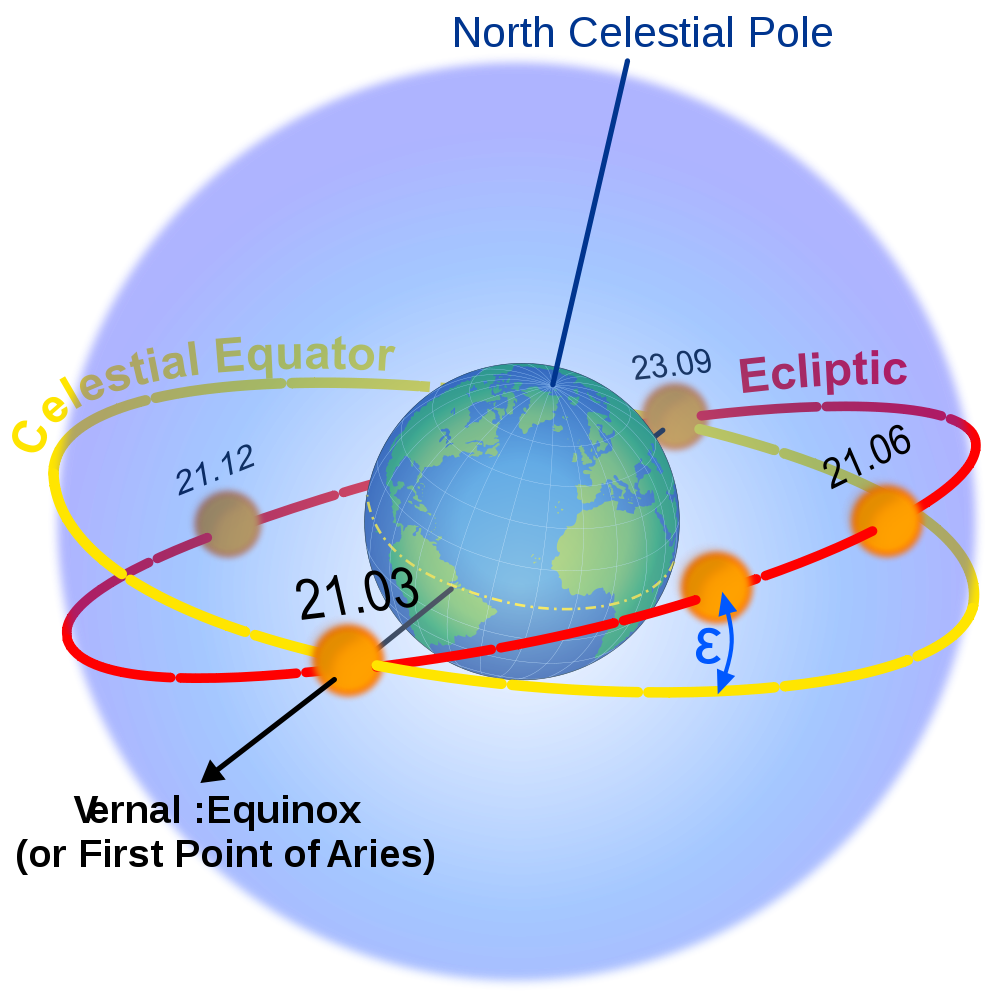 Since long ago, people have determined time by looking at the skies and the astronomical events that occur. You already know that the rotation of the earth defines day and night while the revolution of the earth around the sun causes different seasons and also determines a “year”. However, with the advances in technology, scientists have developed the definition of a year and accurately designated it as Tropical Year or the Solar Year.
Since long ago, people have determined time by looking at the skies and the astronomical events that occur. You already know that the rotation of the earth defines day and night while the revolution of the earth around the sun causes different seasons and also determines a “year”. However, with the advances in technology, scientists have developed the definition of a year and accurately designated it as Tropical Year or the Solar Year.
Tropical year is the mean interval between one vernal equinox to another vernal equinox, meaning, it is the length of time when the sun returns to its original position along its ecliptic or path on the celestial sphere after a cycle of seasons as viewed from the Earth.
The movement of the sun is the reference point of tropical year. The position of the sun is measured using a vertical stick also known as gnomon by measuring the shadow casts on the gnomon at noon. The variations day by day is then calculated.
Tropical year varies by minutes but the mean tropical year is 365.2422 SI days because of the gravitational effects of the different celestial bodies such as the moon and planets on earth. Scientists, therefore, have determined the different tropical years along the four ecliptic points, which include vernal equinox, autumn equinox, summer solstice and southern solstice. The values of each of the tropical years are then averaged to get the mean tropical year. The vernal equinox is of particular importance since this marks the start and end of one tropical year.
A Year on Earth
